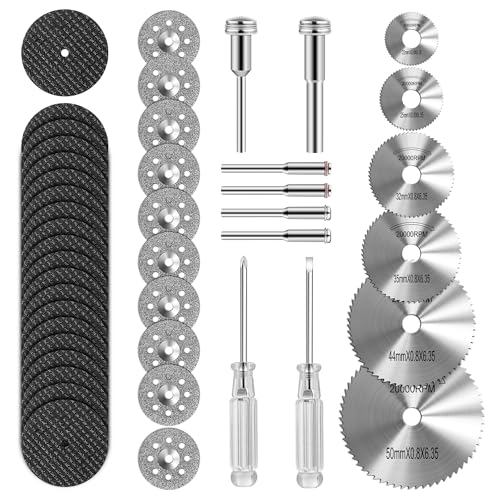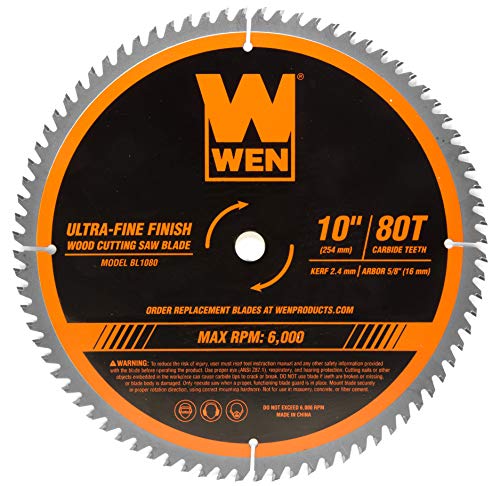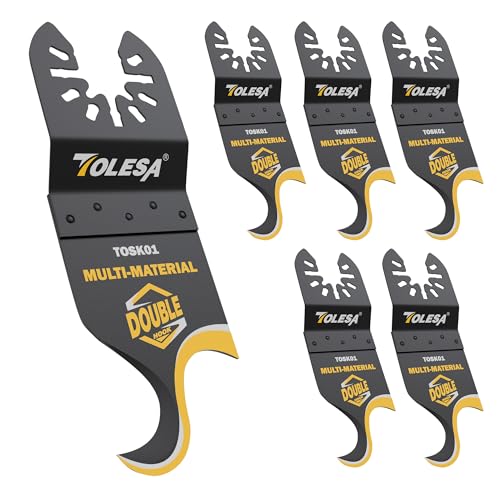Choosing the right blade can transform your woodworking experience. But here’s the problem—there are countless options on the market. Which ones actually deliver clean, precise, and lasting performance? Let’s find out.
If you’ve ever researched the best saw to cut plywood, you know how critical the blade type can be. A poor choice can lead to rough edges, wasted material, and even damaged tools. On the other hand, the best saw blade for plywood ensures smooth results with minimal effort. Sounds good, right?
But wait—there’s more. The blade you choose doesn’t just affect plywood. It impacts how efficiently you handle hardwood, softwood, or even laminate. That’s why professionals and DIYers alike constantly search for the best saws and pair them with the most effective blades. In this guide, we’ll break down the leading options so you can cut smarter, not harder.
Top Picks
Best Tracking Cuts: Diablo Framing Saw Blade for Wood - 7-1/4" x 24-Tooth
This 7-1/4 inch Diablo framing saw blade comes with a 24-tooth thin kerf design that balances speed and durability. The unique Tracking Point tooth design ensures precision cuts while extending blade life up to five times longer than standard options. Its laser-cut stabilizer vents reduce vibration, leading to smoother performance and less warping under pressure. The advanced non-stick coating minimizes heat and buildup, while the optimized construction provides up to 30 percent more cuts per battery charge when used with cordless tools.
Users often highlight the blade’s ability to maintain straight, accurate cuts in framing and pressure-treated wood. Professionals value the reduced vibration and extended performance life, though some note it is best suited for wood-based applications rather than multi-material cutting.
The Diablo Framing Saw Blade offers strong value for contractors and DIY users who need reliable, efficient performance. Its combination of precision, durability, and cordless optimization makes it a dependable choice for framing and wood projects, with long-term cost savings despite the higher initial price.
Best Value Set: Bionso 28PCS Oscillating Saw Blades, Professional Universal Titanium
The Bionso 28PCS Oscillating Saw Blade Kit includes five types of blades designed for wood, plastics, and light metal cutting. Made from high carbon steel, bi-metal, and titanium bi-metal, the blades offer solid durability and resistance to wear. The set uses a universal quick-release interface that works with more than 95 percent of leading oscillating tools, making it highly versatile. With a range of tooth shapes and sizes, the kit ensures efficient performance across different cutting needs.
Buyers often appreciate the value of getting a large selection of blades at a budget-friendly price. Many note that the variety helps cover most day-to-day cutting projects. Professionals acknowledge that while these blades are durable, they are not built for the heaviest-duty metal cutting, which may reduce longevity under extreme use.
This Bionso oscillating saw blade set stands out for its cost-to-value ratio, offering versatility and convenience for both DIY users and professionals. While not the strongest option for demanding metal jobs, it provides reliable performance and compatibility for most general applications.
Best Complete Kit: CONNOO 156 Pack Oscillating Saw Blades, Oscillating Tool Blades
The CONNOO 156 Pack Oscillating Saw Blade Kit combines ten blade types with multiple sandpaper pads to cover cutting, grinding, and sanding needs. Forged from high carbon and stainless steel, the blades undergo high-temperature treatment and feature a corrosion-resistant black coating for durability. Precision is enhanced with dual measurement markings in inches and centimeters. A quick-release interface allows fast blade changes, and the universal design fits most major oscillating tool brands, though it excludes Starlock systems without adapters.
Users often highlight the convenience of having such a large, all-in-one kit for home repairs and DIY projects. The clear size markings and variety of blade types are seen as practical for everyday tasks. However, some note that blade longevity can differ based on material hardness and intensity of use, and compatibility may require adapters for certain tools.
The CONNOO 156 Pack provides excellent versatility and value for anyone who wants a comprehensive set of oscillating tool accessories. While it is not the top choice for heavy-duty professionals, it is a strong solution for homeowners and general users seeking durability, precision, and multi-purpose functionality in one package.
FAQs
What is the finest saw blade?
The finest saw blade is typically one with a high tooth count and precision-ground carbide tips. These blades are designed to deliver ultra-smooth finishes, especially in plywood, hardwood, and laminate. A 60-tooth or 80-tooth blade is often considered “fine” because it minimizes tear-out and leaves a polished edge that requires little sanding.
What is the strongest saw blade?
The strongest saw blade usually features industrial-grade carbide or diamond-tipped teeth. These materials resist wear and stay sharp longer, even when cutting abrasive materials like MDF, laminate flooring, or non-ferrous metals. Diamond-coated blades are particularly strong and can handle extremely tough surfaces without chipping or dulling quickly.
What is the sharpest blade of all time?
In terms of sharpness, Japanese saw blades and ultra-fine carbide-tipped blades stand out. Japanese pull saws, for example, are known for their razor-thin kerf and finely sharpened teeth, allowing precise, effortless cuts. In power saws, a freshly sharpened 80-tooth carbide blade is often considered among the sharpest due to its ability to slice cleanly with minimal resistance.
Does a saw blade with more teeth cut better?
Yes—and no. A saw blade with more teeth produces smoother, cleaner cuts because it removes less material with each pass. This is ideal for plywood, trim, and fine woodworking. However, more teeth also mean slower cutting and greater heat buildup. For rough cuts or speed, fewer teeth (like 24-tooth blades) work better. It’s all about matching the tooth count to the material and the finish you want.
What TPI is best for cutting wood?
TPI (teeth per inch) is a key factor in performance. For general wood cutting, 2–3 TPI works for fast, rough cuts, while 6–10 TPI offers smoother results. If you’re working with plywood or hardwood that requires precision, 10–14 TPI is often recommended. In circular saw blades, the principle is similar: higher tooth counts translate to finer, slower cuts, while lower counts favor speed and efficiency.
Conclusion
Finding the best saw blades depends on your project, material, and desired finish. A high-tooth blade gives you smooth, fine cuts, while fewer teeth deliver speed and efficiency. Strong materials like carbide or diamond extend blade life, and specialized designs ensure sharpness and accuracy. By matching the right blade to your saw and material, you’ll achieve cleaner cuts, longer tool life, and better overall results in woodworking.






















